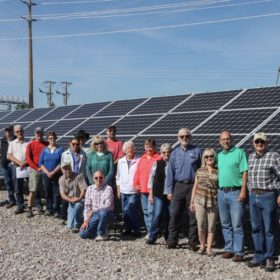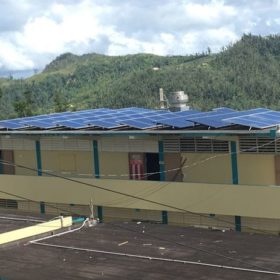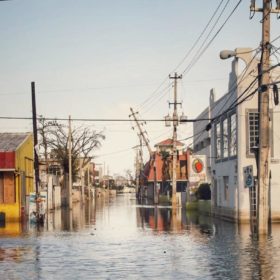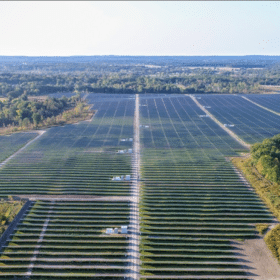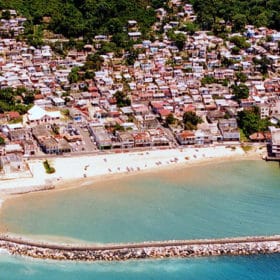Montana utility wants gas units; Sierra Club suspects biased modeling
In developing its resource plan, NorthWestern Energy apparently used modeling assumptions that favor gas-fired generation, says the Sierra Club. The group has filed a legal motion requesting access to the modeling inputs, and to the model itself.
Sunrun proposes solar+storage virtual power plants across Puerto Rico
Puerto Rico’s Energy Bureau has its hands full in ensuring the island’s utility gets the grid working well at a reasonable cost, while moving to 40% renewables by 2025. Sunrun and environmental groups point a way forward.
Energy access for Puerto Ricans two years after Hurricane Maria
In this op-ed for pv magazine, Roy Torbert and José Juan Terrasa-Soler, of Rocky Mountain Institute and Resilient Power Puerto Rico, respectively, analyze the cost of energy recover in Puerto Rico and the role that microgrids play in reconstruction and resiliency.
States could save consumers billions with solar, by requiring transparent utility modeling
Many utilities prepare resource plans using biased modeling choices that disadvantage low-cost solar. With transparent utility modeling, states and intervenors could easily see the bias. And if they also have access to the same model used by the utility, they can fix the errors by running the model themselves.
Gas crowding renewables in Puerto Rico, EDF acquires PowerFlex, pvMB 9/4/19
Happy Wednesday and welcome to the pvMB. Today we’ll be checking out Three 10 MW installations coming to Missouri, Baker University’s 1 MW project, a SEIA permit process survey and more!
Sunnova launches $300-350 million IPO
Sunnova has put some numbers on how much it expects to raise as it goes public.
PREPA supercharges solar and storage in new long-term plan
Puerto Rico’s utility has revised its long-term plan to account for the island territory’s new 100% renewable electricity mandate. However, many details look the same – including a lack of interest in utilizing distributed generation to meet reliability needs.
Clean energy in Opportunity Zones: An interview with Jon Bonanno
In this interview with pv magazine, New Energy Nexus CXO Jon Bonanno describes the significant opportunity presented by the federal Opportunity Zone program – and the limited window of time to take full advantage of the program.
Puerto Rico goes 100% renewable as Trump Administration calls for more gas
Governor Rosselló has signed legislation moving the island to 100% renewable energy, while both the Trump Administration and the island’s utility push for a greater dependence on gas.
It’s official: Chicago will go 100% renewable
The City Council has approved Mayor Emanuel’s plan to transition the entire city’s electricity supply to renewable energy by 2035, which makes Chicago the largest U.S. city to set a 100% renewable energy commitment.
